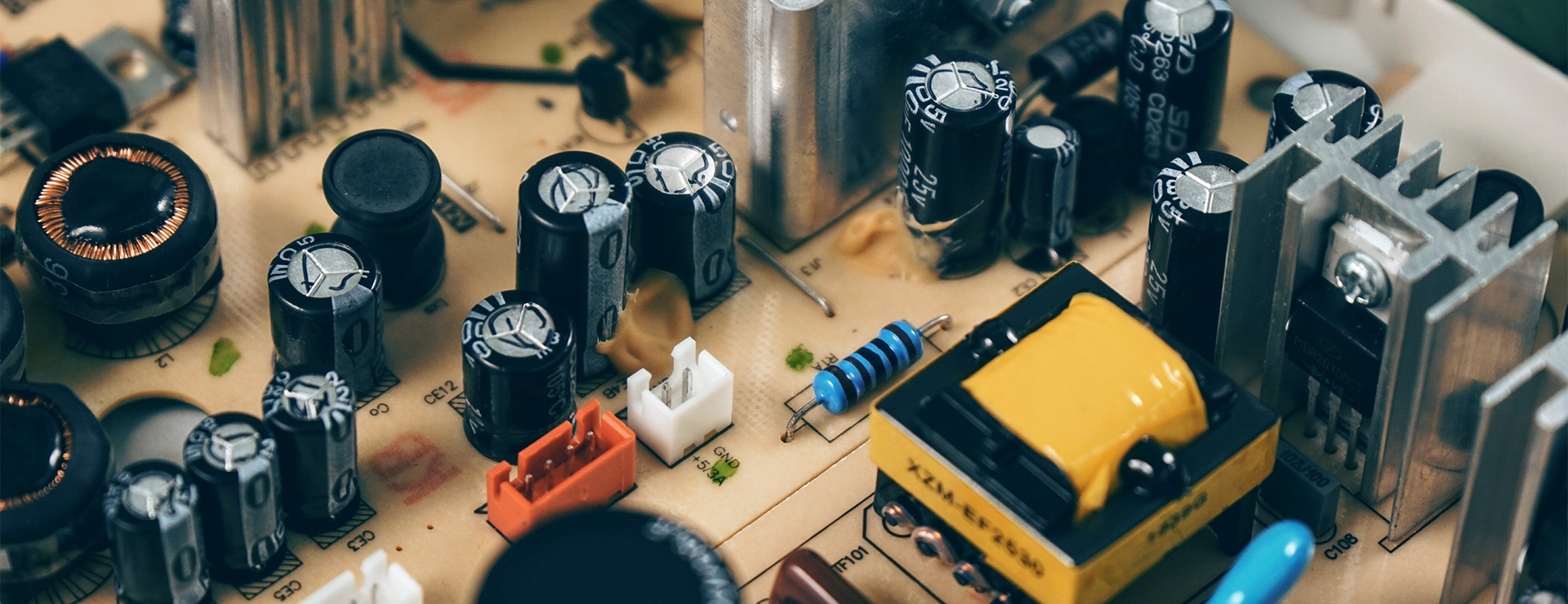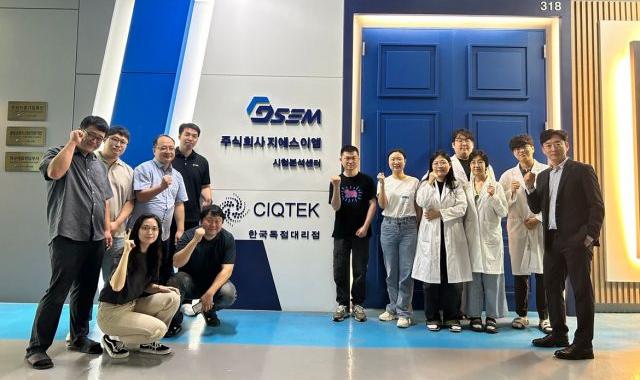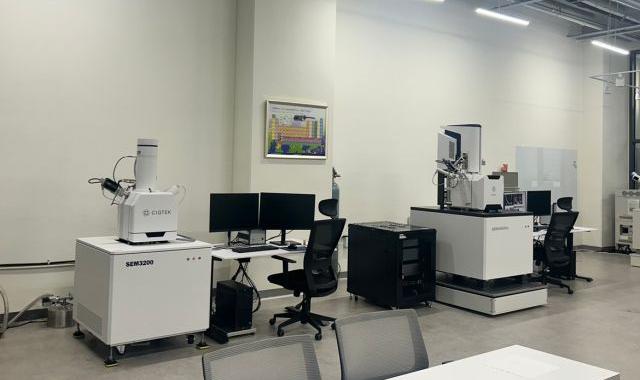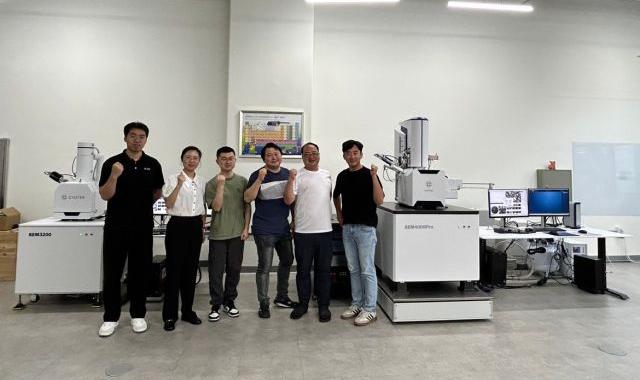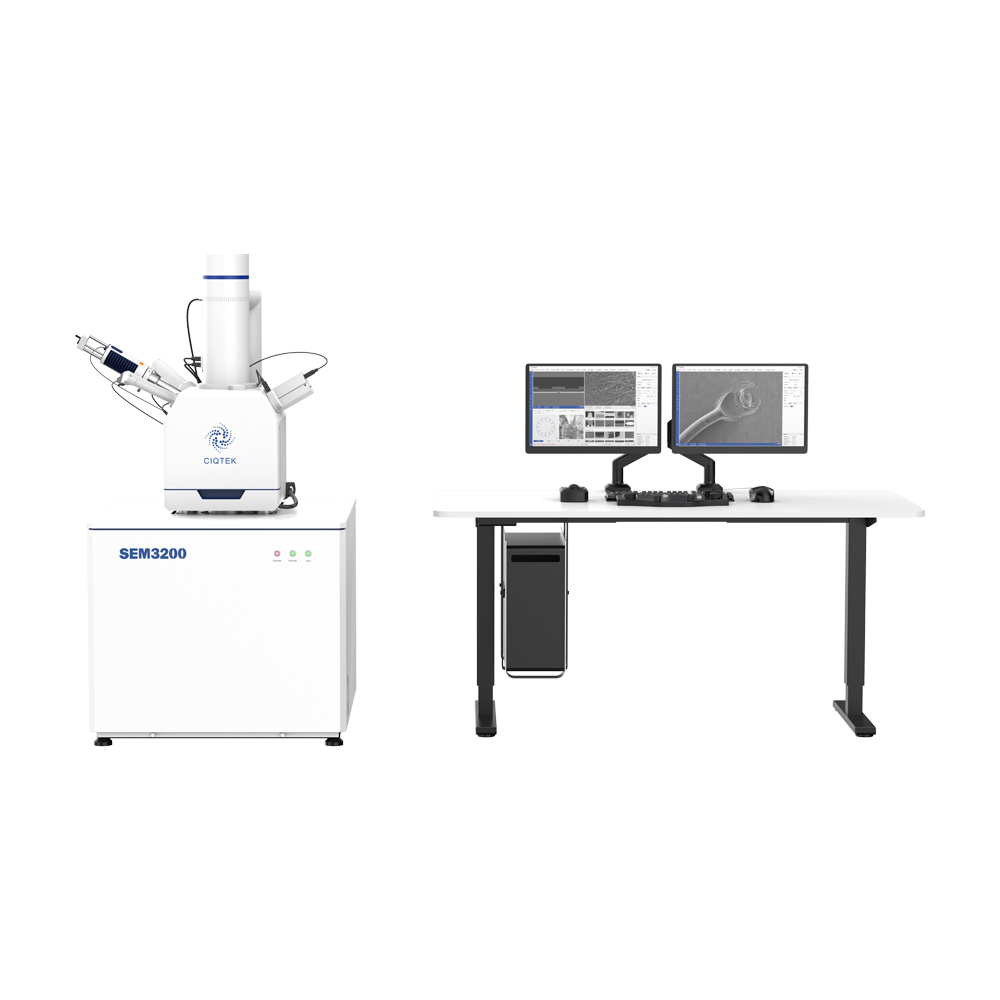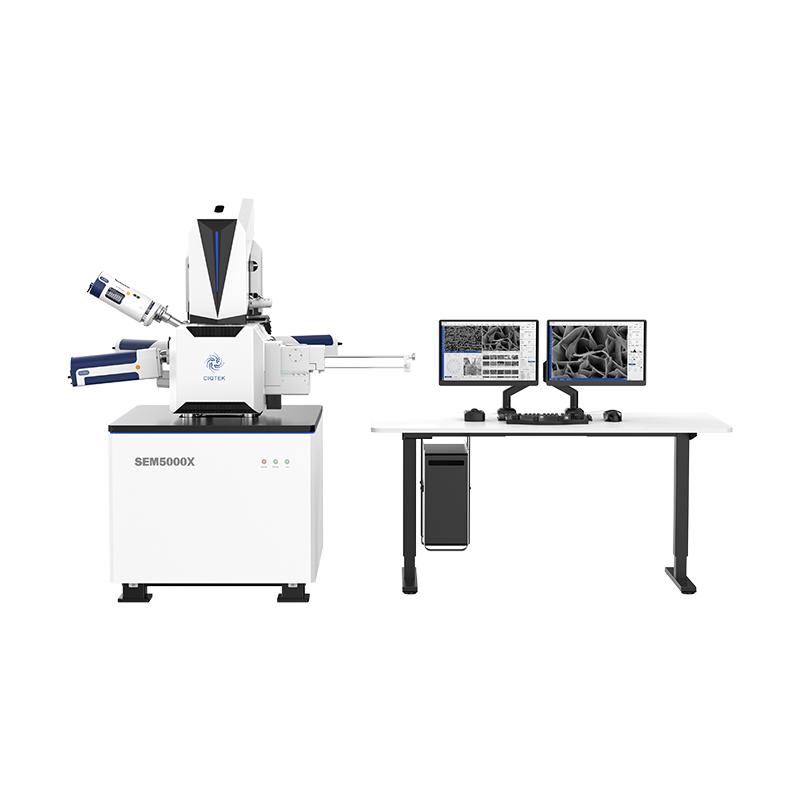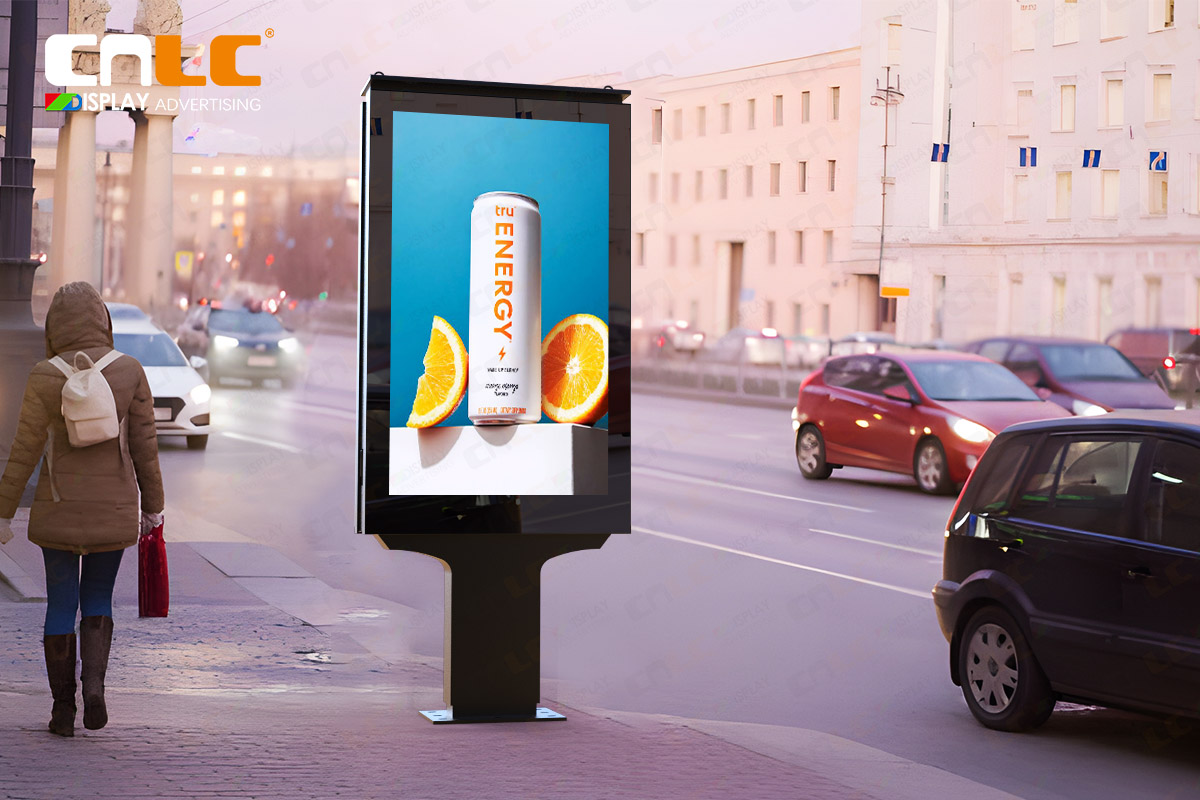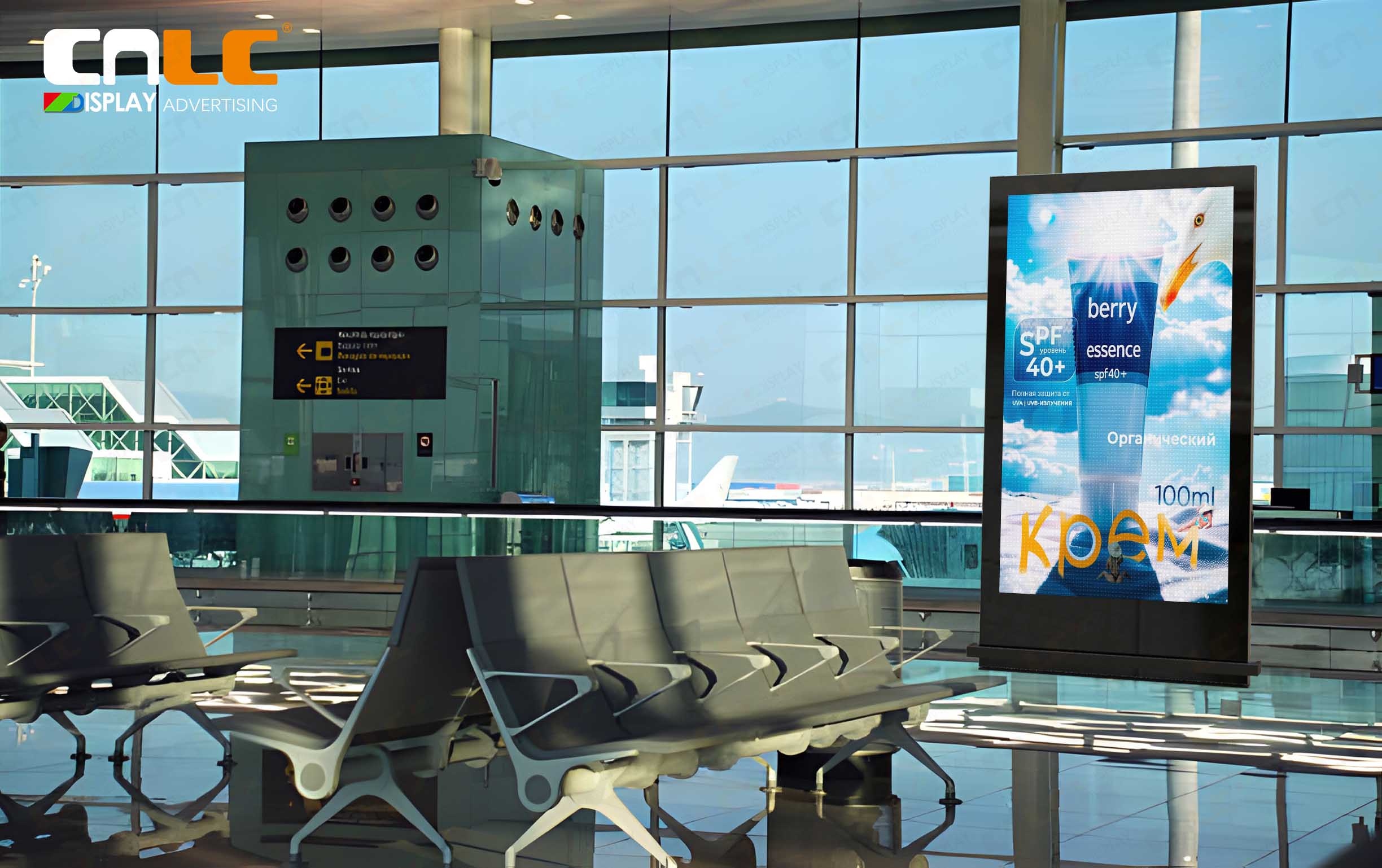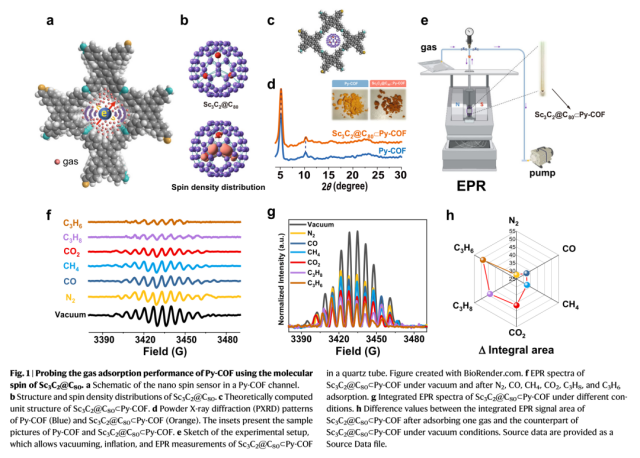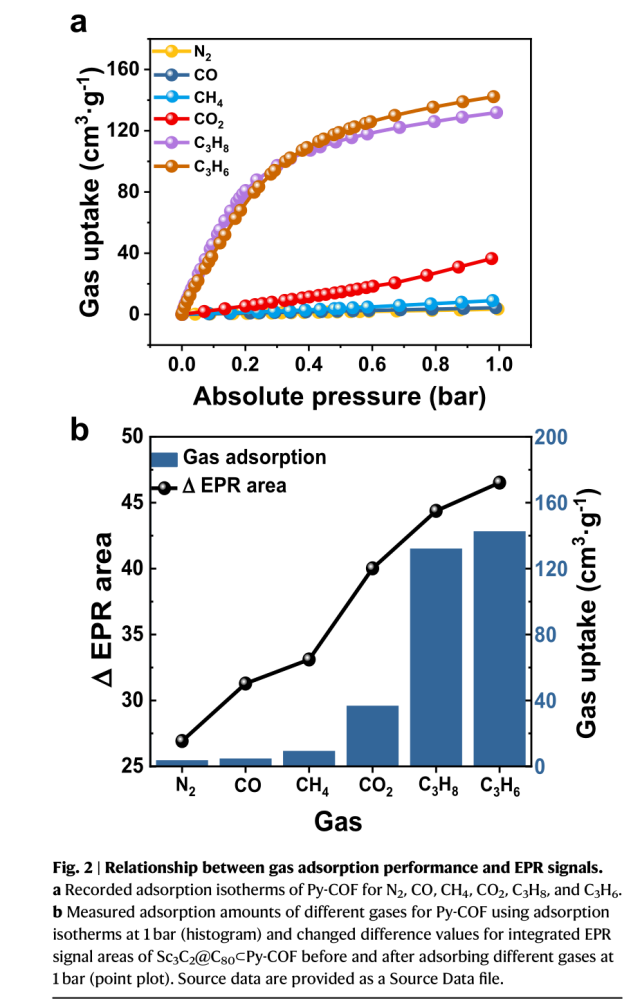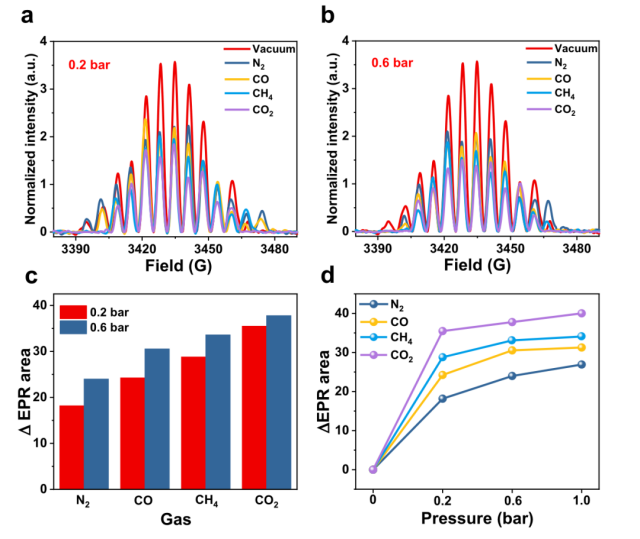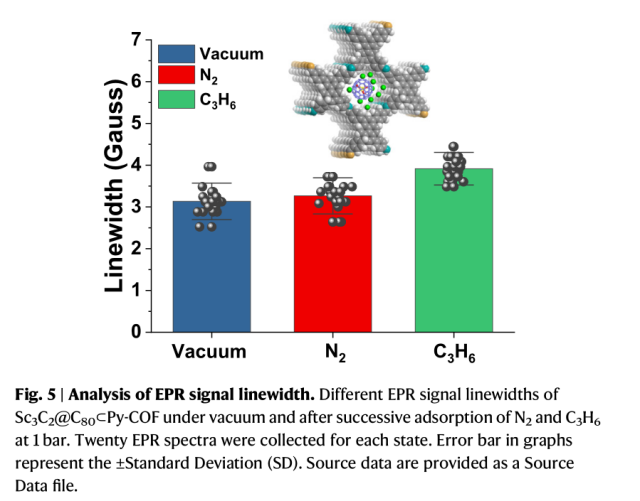Choosing between a Bluetooth LE module and a System-on-Chip (SoC) is a critical but challenging decision in Bluetooth device design. Each option offers its own set of benefits and drawbacks, making it essential to carefully weigh performance, features, and costs.
As a seasoned expert in Bluetooth technology, RF-star aims to simplify the decision-making process by providing an in-depth comparison of Bluetooth chipsets versus modules. This guide will help you to make the best choice based on your production volumes, technical expertise, budget, and time-to-market.
What is a Bluetooth SoC ?
A Bluetooth System-on-Chip (SoC) is an integrated circuit (IC) that facilitates Bluetooth communication within a device. It typically includes a core processor, RF transceiver, memory, and auxiliary circuits. The SoC serves as the heart of Bluetooth communication, managing data transmission and processing.
What is a Bluetooth Module?
In contrast, a BluetoothLE module is a pre-certified unit that acts as a comprehensive and low-power Bluetooth communication solution. It integrates a Bluetooth LE SoC with additional components such as RF circuits, crystal oscillators, antenna matching circuits, antennas, Balun, and peripheral interfaces on a printed circuit board (PCB). The module is a pre-packaged, plug-and-play solution that significantly simplifies product development, allowing developers to focus on higher-level product functionality without worrying about the underlying RF design.
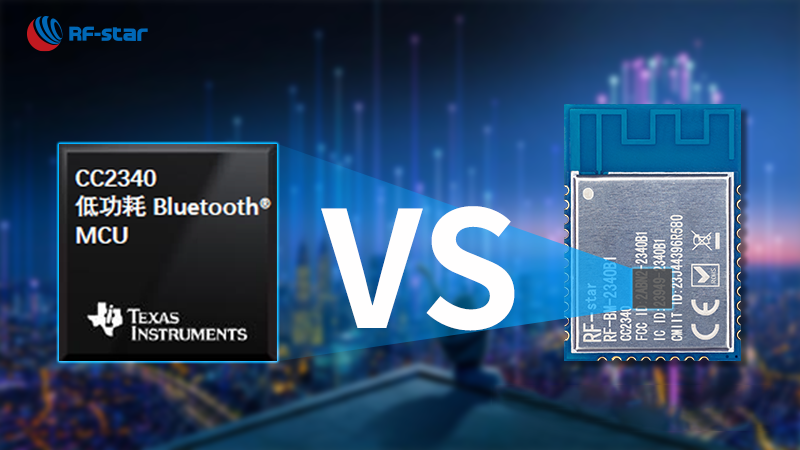
TI CC2340 SoC & RF-star RF-BM-2340B1 Module Samples
Bluetooth LE Module vs. SoC: A Detailed Comparison
We’ll use the following key metrics to compare the differences between Bluetooth LE module and SoC:
-
Function
-
Ease of use
-
Application
-
Cost
1. Functional Differences
A Bluetooth SoC provides the essential functionalities for Bluetooth communication but requires additional peripheral components to create a fully operational system. Developers who choose a SoC must design and implement the necessary RF circuitry, power management, and embedded software.
This level of customization is beneficial in situations when the product’s form factor, power consumption, and performance must be finely tuned. However, it also means that the development cycle will be longer, and the project may require a team with specialized expertise in RF design and embedded software development.
Conversely, Bluetooth modules come with integrated peripheral RF circuitry and relevant embedded software, such as Bluetooth 5.0 serial port firmware, UART direct-driven firmware, SPI transparent transmission firmware, and I2C firmware. Developers can use an external MCU to control the Bluetooth connectivity directly, significantly reducing both the workload and complexity of product development. It allows developers to focus on the application layer and integrate Bluetooth connectivity into their products more quickly.
If you know more Bluetooth serial port modules, check the blog Generic Serial Communication Protocols: UART, SPI, I2C.
2. Ease of Use
Bluetooth Low Energy modules are designed with user-friendliness in mind. They often feature standardized hardware interfaces — such as UART, SPI, I2C, and GPIOs — and software protocols, making them easy to integrate into a variety of systems.
Additionally, Bluetooth LE modules typically come with extensive documentation, development kits, and reference designs, further easing the development process. Many modules are also accompanied by robust software stacks that provide essential Bluetooth profiles and services out of the box. This means that even developers with limited Bluetooth experience to successfully integrate wireless connectivity into their products.
In contrast, using a Bluetooth SoC demands greater technical expertise. The development team must be proficient in RF hardware and embedded software design. This involves creating RF circuitry, selecting and placing components, optimizing power, and ensuring Bluetooth compliance. While this approach offers flexibility and potential cost savings in high-volume production, it requires more time, resources, and specialized knowledge.
3. Application
The choice between a Bluetooth LE SoC and a module largely depends on the application. Bluetooth modules are ideal for implementing wireless connectivity with minimal effort, especially in moderate production volumes where convenience and shorter development times outweigh the higher unit cost.
Common applications for Bluetooth LE modules include smart home devices, such as smart plugs, light bulbs, and security cameras; smart medical devices, such as blood glucose monitors and digital thermometers; and industrial IoT devices, such as sensors and actuators that require reliable wireless communication.
Bluetooth SoCs, however, are better suited for applications that require high customization, integration, and scalability. They are often used in large production volumes, where cost savings from using SoCs are substantial.
Typical applications include high-performance consumer electronics, such as smartphones, tablets, and laptops; wearable devices, such as smartwatches and fitness trackers; and automotive applications, such as in-car entertainment systems and advanced driver-assistance systems (ADAS).
4. Cost
Cost is often a decisive factor in choosing between a Bluetooth SoC and a module. Bluetooth modules with pre-certified RF circuitry, an antenna, and a software stack may raise the cost of buying one. Its initial purchase cost sounds higher than SoC’s.
However, this higher cost should be weighed against the potential savings in development time and resources. When using a Bluetooth SoC, the following development-related expenses should be taken into consideration:
-
RF design and engineering costs.
-
Investment in lab equipment and infrastructure.
-
PCB configuration and antenna selection expenses.
-
Certification fees.
While SoC might have a lower initial cost, it can incur additional expenses during development.
For large-scale production, however, the higher upfront investment in development can lead to significant cost savings in the long run. According to an analysis by Silicon Labs, SoCs may offer a cost advantage over modules when annual production volumes exceed 500,000 to 1.3 million units. This makes SoCs an attractive option for high-volume products where reducing the bill of materials (BOM) cost is critical to maintaining profitability.
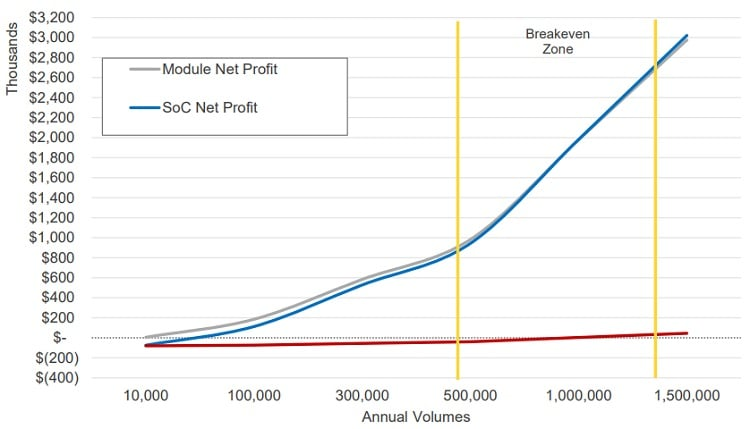
Break-even for a wireless SoC and wireless module. Source from Silicon Labs
Supply chain management is another crucial consideration when choosing between a Bluetooth chipset and a module.
With a Bluetooth LE module, you only need to manage the module vendor, who is responsible for ensuring the module's quality, availability, and compliance with industry standards.
But, with SoC-based design, you must manage multiple suppliers, including the SoC provider, PCB manufacturer, antenna supplier, and possibly others. Each of these suppliers may have different lead times, product lifecycles, and quality control processes, adding complexity to the supply chain management and requiring more resources.
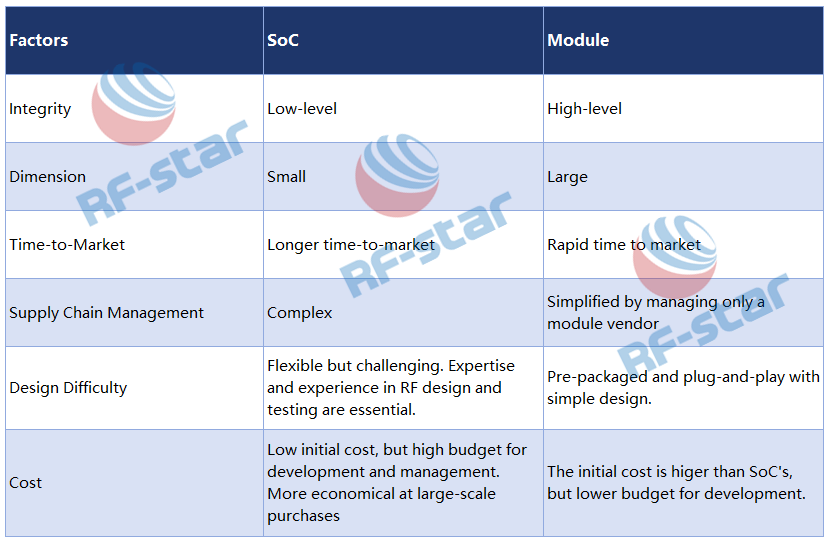
Bluetooth LE Module vs. SoC A Comprehensive Comparison
Bluetooth LE Module vs. SoC: A Ultimate Guide
Based on the comparison above, you should consider several key factors when deciding between a Bluetooth SoC and a Bluetooth module:
-
Production Volume: For large-scale production, using Bluetooth LE SoCs might be more cost-effective.
-
Technical Expertise: If your team lacks experience in RF design and testing, opting for a module could be the better choice.
-
Time-to-Market: If there’s pressure to get the product to market quickly, a module may be more suitable.
-
Budget Considerations: It's crucial to analyze both short-term and long-term cost-effectiveness.
-
Supply Chain Management: Consider whether you have the resources to manage a complex supply chain.
To sum up, both Bluetooth SoCs and modules have their own strengths and weaknesses. Which one is better? It depends on the specific product, development team, urgency of the product launch, budget, production volume and more. If you have questions during the decision-making process, RF-star — a leading provider of Bluetooth LE solutions with both modules and SoCs — can offer guidance on cost, schedule, and product performance to help you make the best choice.
